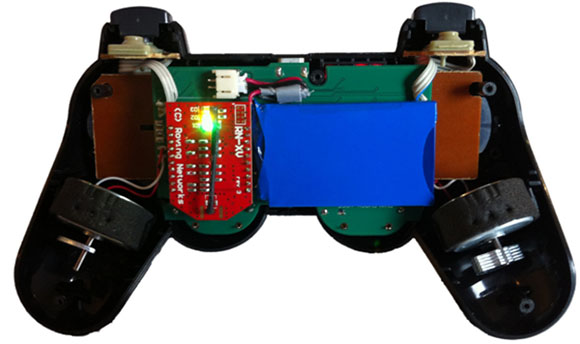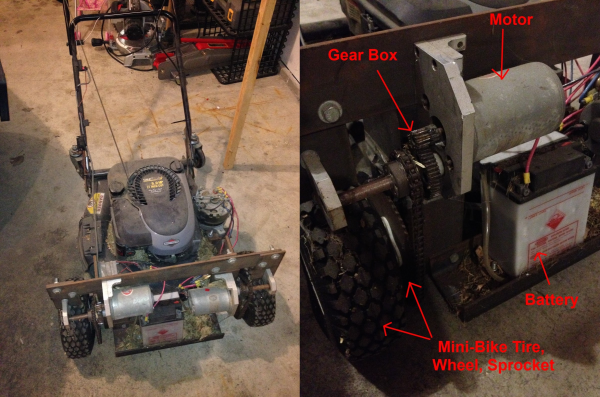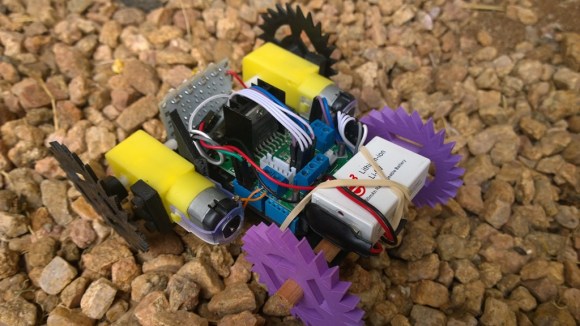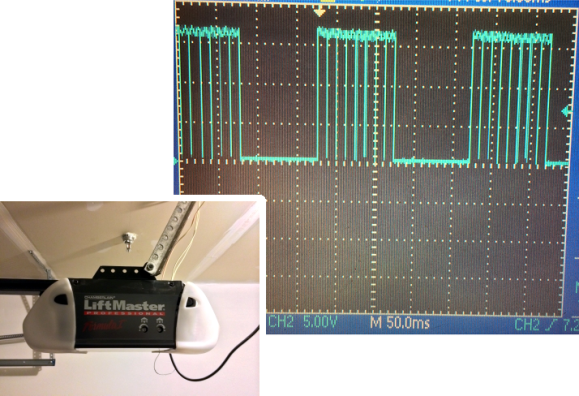[House4Hack] and [HABEX] have teamed up to design and build a glider system that can be taken up 30-40km via a weather balloon, dropped, and flown home via FPV.
Of course, this has been done before, but you know what, it’s such a cool experiment, and so few people have done it… who cares! The goal is to hit at least 20km altitude, hope for 30km, and if possible — 40km would break records. For reference, the one we linked made it 33km up.
The plane is a Mini-talon V-tail, which was donated to them by their local hobby shop as a sponsorship. It features an ArduPlane Autopilot module, a 1.2GHz video transmitter, a long range 433MHz receiver for the control signal, and a telemetry data link at 433MHz connected to the ArduPlane. Two GoPro cameras make up its eyes, and it also has a custom release mechanism for letting go of the weather balloon.
Continue reading “High Altitude Glider Will Be Dropped From A Balloon!”

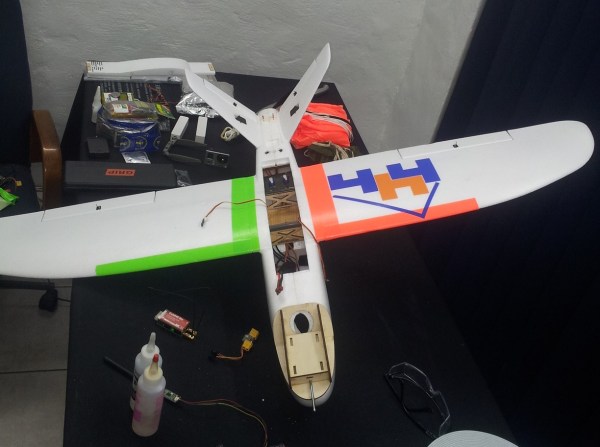
 There are a lot of cheap quadcopter kits out there, sold ready to fly with a transmitter and battery for right around $50 USD. One of the more popular of these micro quads is the V2X2 series. They are, unfortunately not compatible with any other radio protocol out there, but [Alexandre] has managed to use the transmitter included with his V202 quad
There are a lot of cheap quadcopter kits out there, sold ready to fly with a transmitter and battery for right around $50 USD. One of the more popular of these micro quads is the V2X2 series. They are, unfortunately not compatible with any other radio protocol out there, but [Alexandre] has managed to use the transmitter included with his V202 quad 